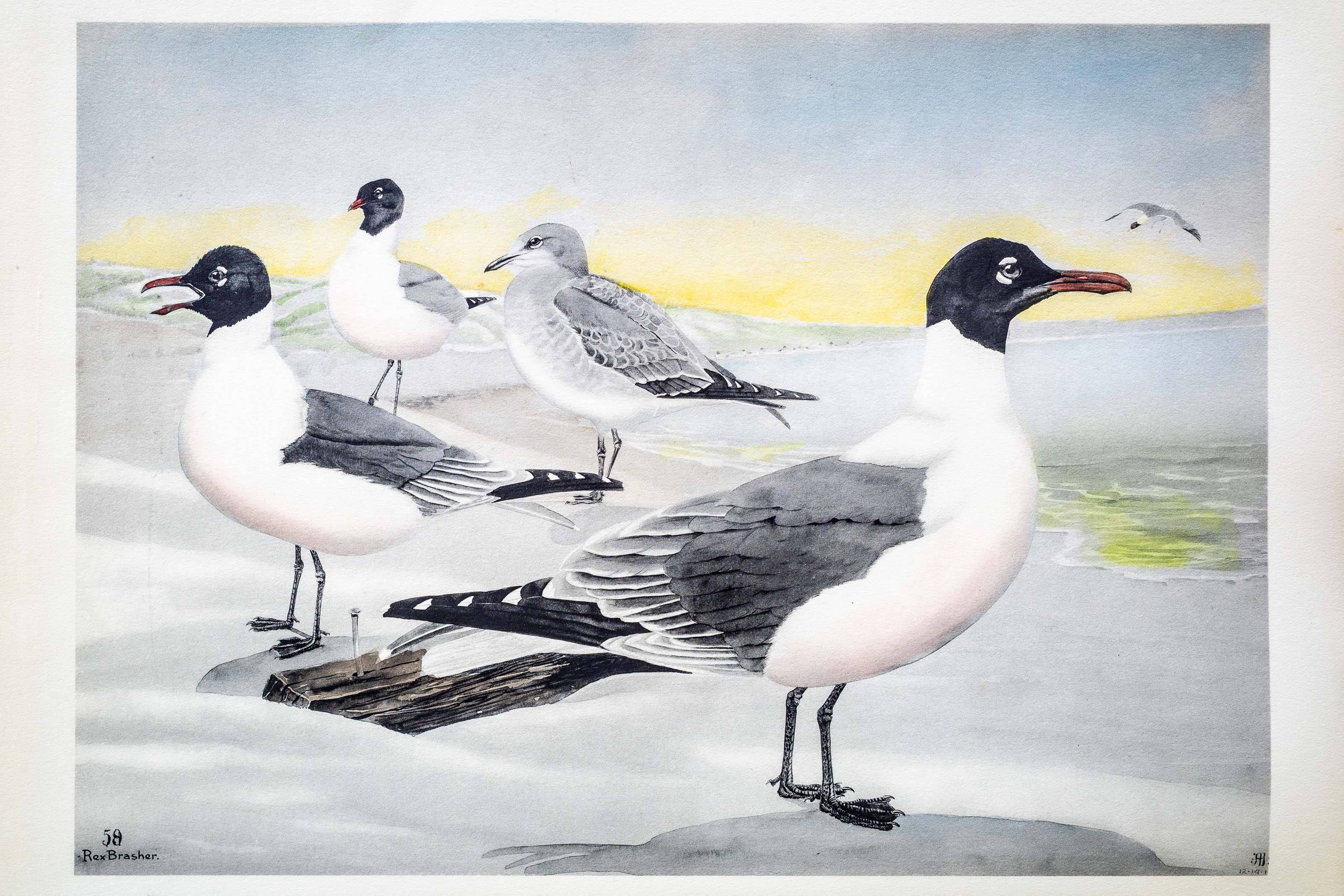
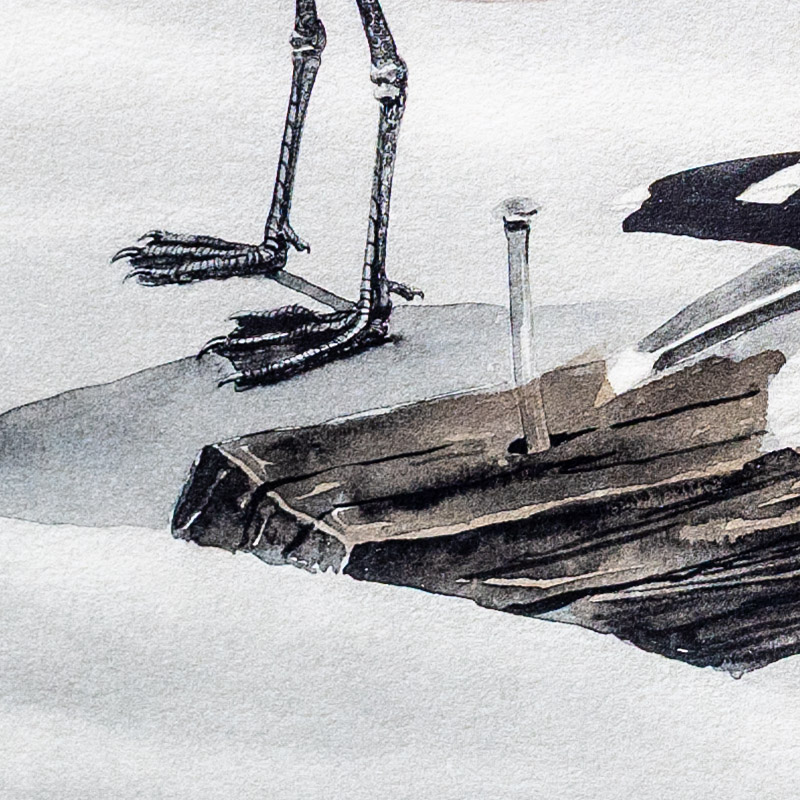
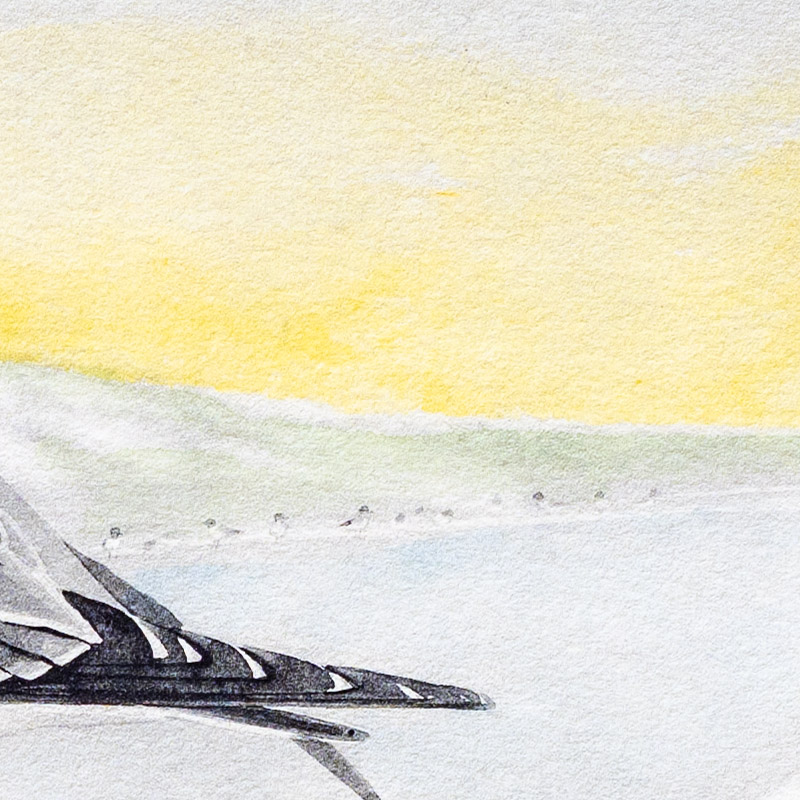
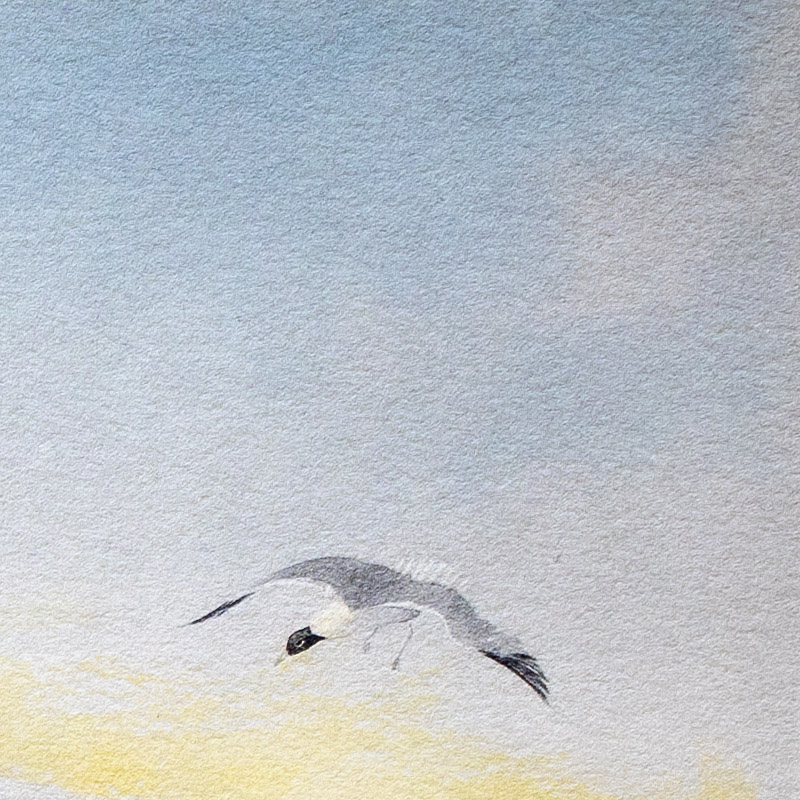
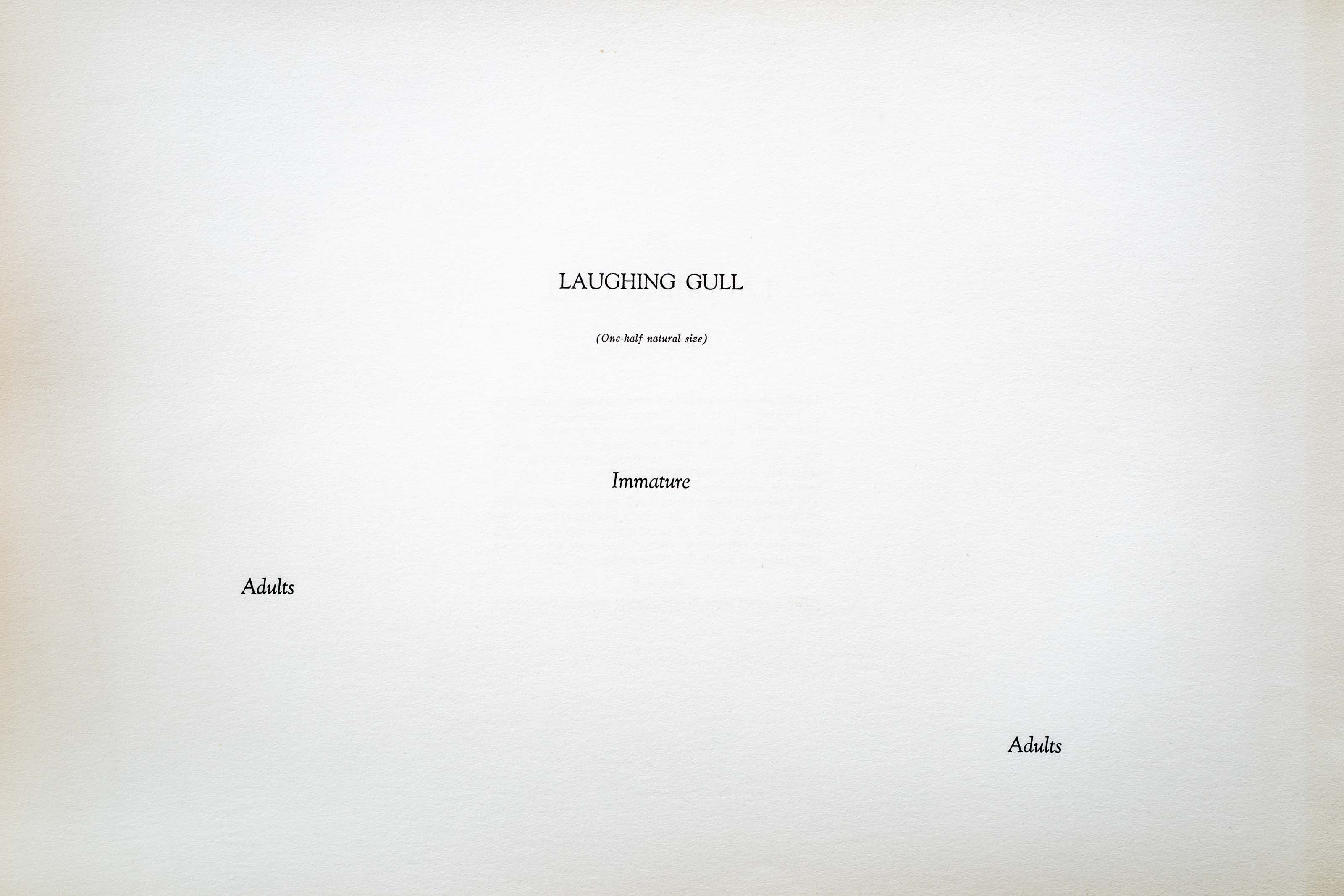
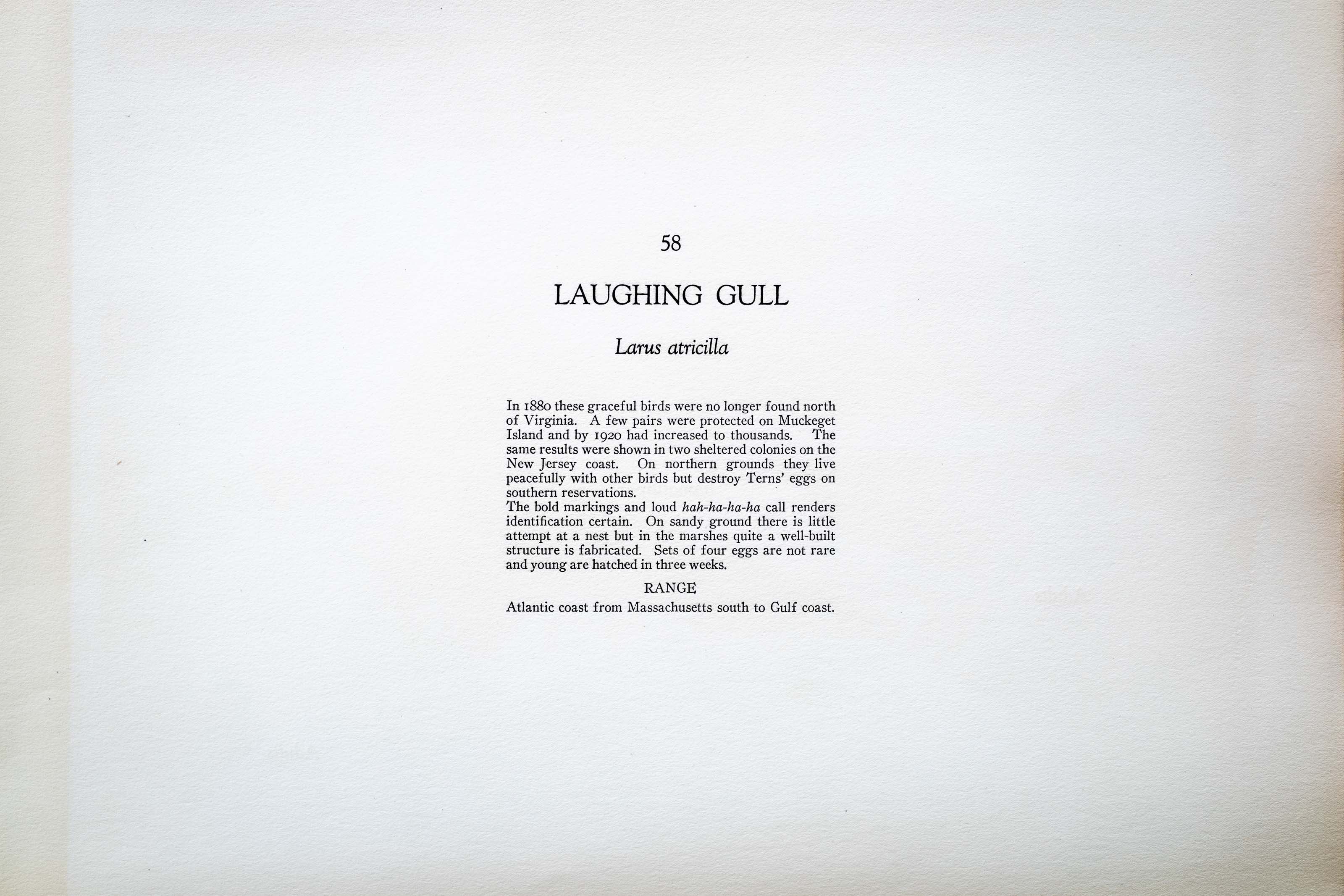

Unknown
1932
1
58
A team of dedicated board members, volunteers, and student interns has published every page in Volume 9. This volume includes 360 images of paintings and lyrical descriptions of birds, now available online for everyone to enjoy anywhere in the world. This is a monumental task. Each volume requires approximately 400 hours to photograph, edit, transcribe, catalog, and publish online. We need your support to complete this work.
If you're tech-savvy, have a good eye, are meticulous with details, and love structured data, please consider volunteering by emailing us at hello@rexbrasher.org.
We encourage all bird lovers and supporters to consider a monetary donation to support our mission to make Rex's work available for everyone. You can provide a one-time or recurring donation online.
In 1880 these graceful birds were no longer found north of Virginia. A few pairs were protected on Muckeget Island and by 1920 had increased to thousands. The same results were shown in two sheltered colonies on the New Jersey coast. On northern grounds they live peacefully with other birds but destroy Terns' eggs on southern reservations.
The bold markings and loud hah-ha-ha-ha call renders identification certain. On sandy ground there is little attempt at a nest but in the marshes quite a well-built structure is fabricated. Sets of four eggs are not rare and young are hatched in three weeks.
Atlantic coast from Massachusetts south to Gulf coast.